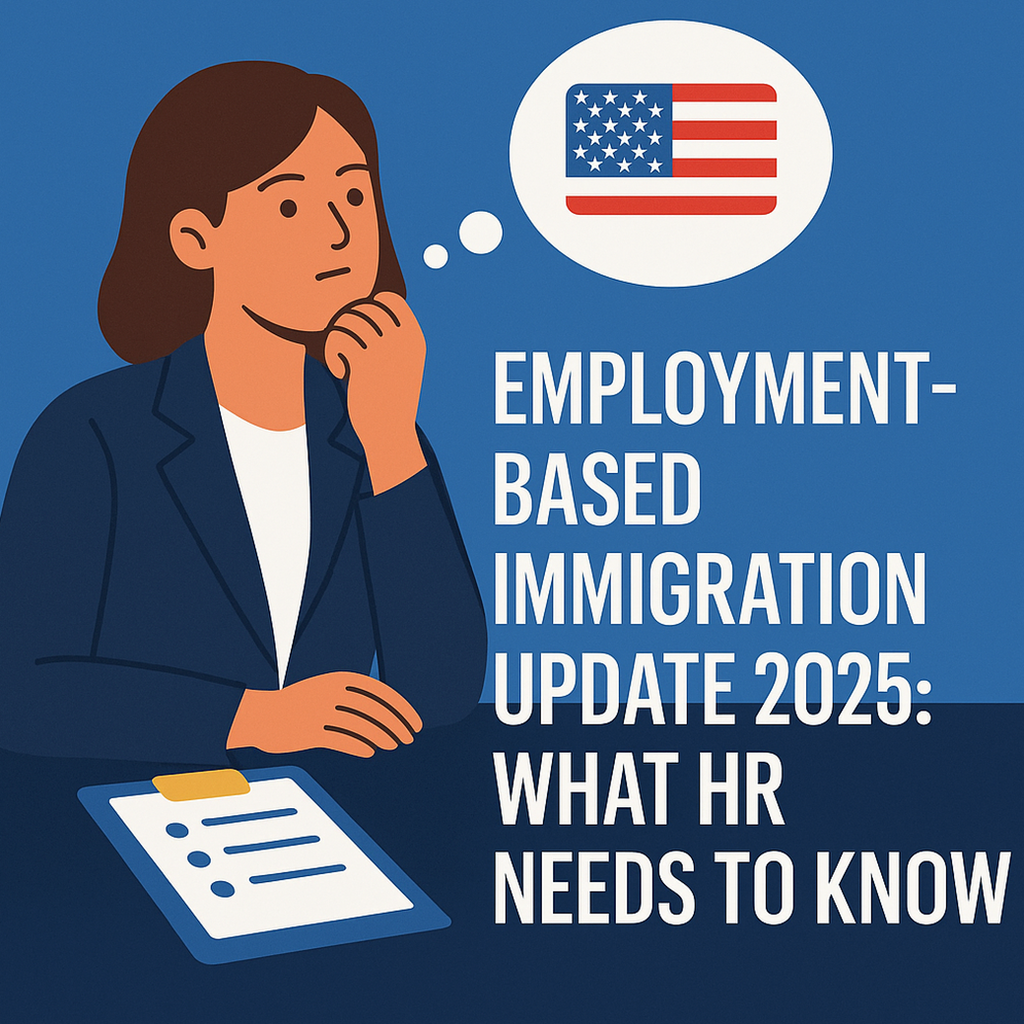When your next message could be a layoff, visa denial, or people risk crisis—your response can’t be improvised.
Why This Comparison Matters
Most HR leaders don’t think of themselves as crisis managers—until they are.
Whether it’s a green card delay, a Slack message about someone being denied reentry, or a late-night call about a reduction in force, HR is often the first responder and the cleanup crew.
Surprisingly, one of the best places to look for inspiration is the air traffic control tower. When everything is high-stakes and fast-moving, the right HR crisis management skills can turn chaos into coordination.
Crisis Management Lessons from Air Traffic Controllers
1. Systems Over One-Offs
Controllers don’t manage one plane at a time. They manage the entire airspace.
Likewise, HR leaders need visibility across:
- Visa expiration timelines
- Remote work risks for sponsored employees
- DEI goals affected by international hiring freezes
📌 Tip: Build a simple immigration airspace map: who’s in which stage, on what timeline, with whose support.
2. Calm Isn’t Natural—It’s Structured
Controllers follow checklists not because they’re robotic—but because stress erodes decision-making. HR can borrow this playbook with:
- Crisis prep templates (e.g., how to handle a denial email from an employee)
- Pre-mortem planning before major initiatives: “What might go wrong and who handles it?”
- Post-incident debriefs: What triggered this? What helped?
3. Communicate with Control, Not Chaos
In an emergency, tone and clarity are everything. Practice:
- Scripts for explaining immigration risk in plain English
- Calm escalation language like: “Let’s get ahead of this with a backup plan.”
- Consistent updates during a delay or audit
Strengthening Your HR Crisis Management Skills with Infrastructure
If you’re tracking immigration statuses in your inbox and chasing attorneys on Slack, you’re in the danger zone.
What you need:
- Shared dashboards and ownership tables
- Process backups when you’re out
- A red-folder plan for worst-case scenarios (yes, even in 2025)
This isn’t pessimism—it’s professional-grade prep.
Final Thoughts—You’re Already Managing Crises. Now Lead Them.
HR doesn’t need to become colder or more tactical. But it does need infrastructure that keeps people safe—especially in high-stakes immigration situations.
HR crisis management skills aren’t optional anymore. They’re how you build trust, continuity, and confidence across your company.
🎯 For WayLit Users and Future Customers
WayLit exists to make HR feel less like the lone controller in the tower. With dashboards, notifications, backup plans, and built-in escalation paths, your team goes from reactive to ready.
This isn’t about handing off immigration—it’s about finally having a system that supports the calm, clarity, and leadership you already bring.


.svg)


